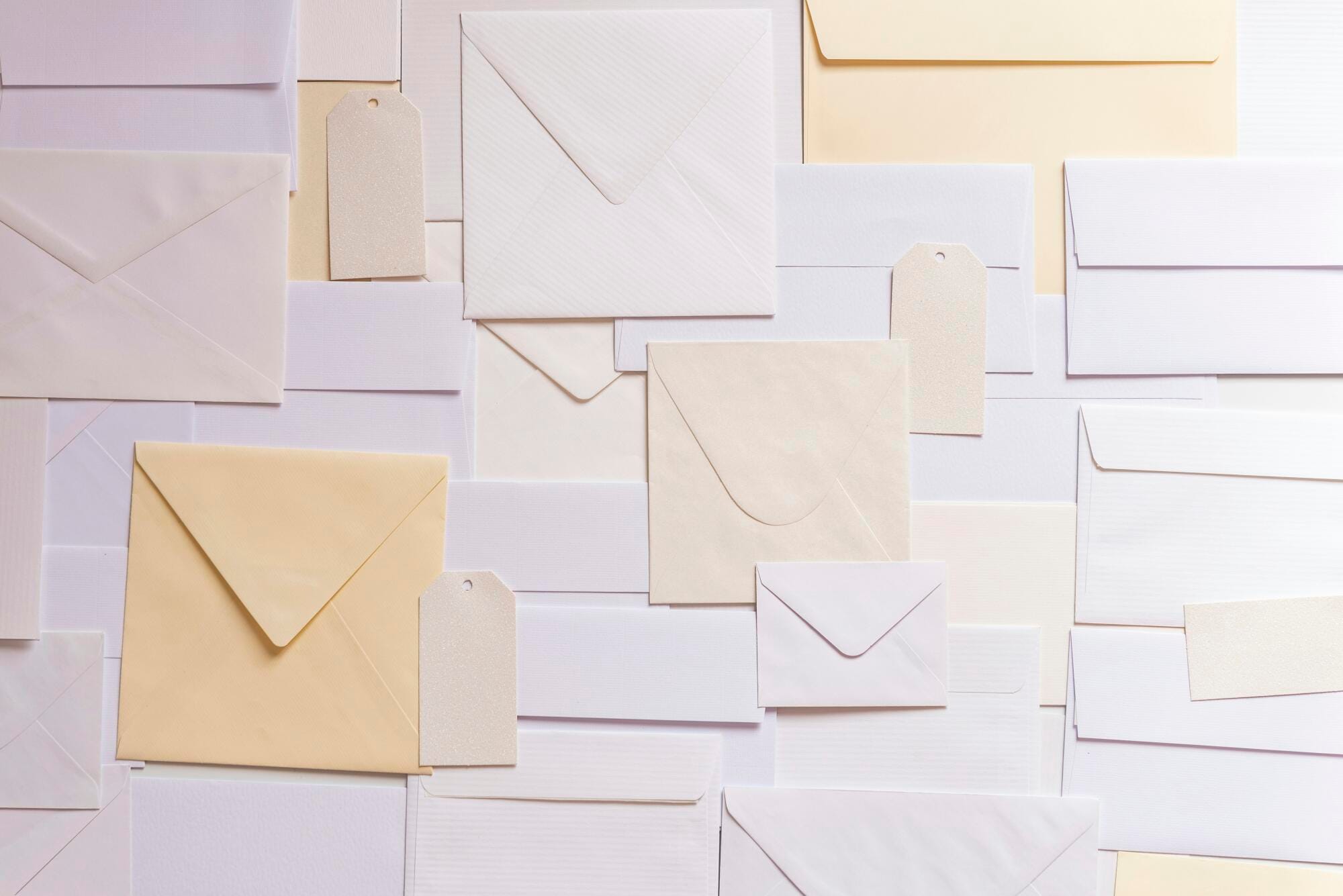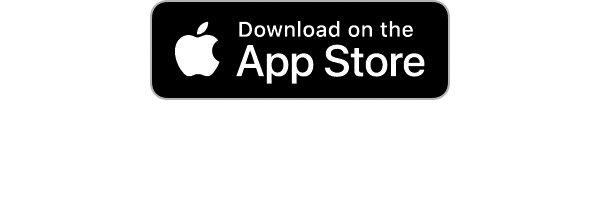The process gets easier when you follow clear steps and avoid common traps. Whether your inbox is overflowing or you're just tired of endless promos, the right habits will help you take control for good. Let's explore some of the most notable ones to focus on.
Start With Your Most Recent Emails First
Begin with the newest emails in your inbox. These are the ones you're most likely to remember signing up for.
Scanning recent messages helps you decide faster and build a rhythm. If you go straight to older messages, you'll lose focus and waste time. Clearing the latest emails first creates visible progress early on.
Use the Search Bar to Find Repeat Senders
An abundance of messages often comes from the same few sources. Use your inbox search to track down frequent senders. This helps you clear dozens with just a few clicks.
You'll also see which subscriptions are clogging your inbox most often. To speed things up, focus on bulk actions like these:
- Type sender names or domains into the search bar
- Select all messages from that sender
- Delete or unsubscribe before moving to the next one
Keep this approach consistent to avoid backtracking later.
Look for the Unsubscribe Link at the Bottom
Scroll to the end of each email before you delete it. Most companies bury the unsubscribe link in the footer.
It's often written in light gray or hidden in a sentence. Click it once and follow the steps to leave the list. Some links lead to preference centers, so uncheck everything while you're there.
Mark Persistent Emails as Spam
Not all emails offer a way out. Some ignore opt-out requests or keep sending messages after you unsubscribe. That's when you use the spam management function.
Marking messages as spam teaches your email provider to block them. This works better when you report them in groups:
- Select all unwanted emails from the same source
- Click "Report spam" or "Move to junk"
- Check back later to make sure they stop
This keeps your inbox cleaner without constant effort.
Unsubscribe From Newsletters You Don't Read
It's easy to let newsletters pile up when they arrive daily or weekly. Even if the content is decent, that doesn't mean it belongs in your inbox.
If you haven't read one in a month, you probably won't miss it. Unsubscribe directly instead of ignoring it. This helps stop unwanted emails before they become part of your routine.
Use a Dedicated Email for Signups
One way to avoid future clutter is to set up a second email account. Use this only for signups or downloads.
That way, promotional emails stay out of your primary inbox. You can still check them when you want, without being interrupted. A few extra habits will keep it organized:
- Never use your main email on shopping sites
- Review your promo inbox once a week
- Delete anything older than a month
This makes it easier to declutter your inbox without starting over.
Avoid Clicking Suspicious Unsubscribe Links
Some spam emails include fake unsubscribe links to confirm your address. These links don't remove you from anything. Instead, they trigger more spam.
Only click unsubscribe when the message looks trustworthy. If anything feels off, report it or delete it without clicking. Staying cautious protects your account from more inbox problems.
Try a Bulk Unsubscribe Tool
If your inbox is out of control, manual cleanup won't be enough. Use a cleanup app that identifies subscription emails. These tools list all active subscriptions in one place and let you remove them with a single click.
They also sort messages by type and sender. Features like these make effective email cleanup easier:
- Automatic grouping of marketing emails
- One-click unsubscribe options
- Summary dashboards to track progress
Choose a tool with strong reviews and keep using it every few months.
Delete Old Promotional Emails in Batches
Even after unsubscribing, old messages still sit in your inbox. These take up space and distract from what matters.
Use search filters to find and delete them in groups. Start with emails over a month old and work backward. You'll feel more in control when your inbox isn't cluttered with expired deals.
Review Subscriptions Monthly
Inbox maintenance isn't a one-time project. New subscriptions sneak in often, especially after shopping online. Schedule time once a month to review your messages and unsubscribe from anything new.
You'll stay ahead of clutter and avoid repeating the same cleanup every year. Following this routine also helps manage email subscriptions more efficiently:
- Set a calendar reminder
- Check the past 30 days of emails
- Unsubscribe and delete anything that no longer helps
Make it a habit so your inbox stays under control.
Check for Subscriptions Hidden in Preferences
Some emails don't have a clear unsubscribe link. They want you to log in and adjust your settings manually.
Go to the sender's website and look for your account preferences. From there, you can turn off updates or delete your profile.
Update Your Email Settings Across Devices
Inconsistent settings can undo your cleanup. If your filters only work on one device, the inbox gets messy again. Make sure your changes apply everywhere you read email.
Check the settings on both your phone and computer. These simple updates make your email management tips more effective:
- Sync folders and filters across accounts
- Use the same app or client when possible
- Turn off alerts for junk and promo folders
Consistent tools keep your inbox easier to manage.
Set a Timer to Keep Inbox Cleanup Focused
Inbox cleanup can drag on if you try to do everything at once. Set a timer for short sessions.
Work in focused blocks of 10 or 15 minutes and stop when the timer ends. This keeps the task manageable without draining your energy. You'll make steady progress without getting overwhelmed.
Separate Crucial Messages Using Labels or Folders
Sorting by sender isn't enough when you want to keep key messages. Set up folders for bills and personal updates.
Move emails there as you clean up. You'll know exactly where to find what you need. Labels and folders help you manage your inbox without constant searching:
- Create folders with clear names
- Drag or assign emails as you go
- Review folders weekly for anything outdated
Organizing as you unsubscribe creates a more usable inbox.
Use Professional Software
Basic tools often miss too much. If you want better results, use software built for large inboxes.
Professional programs scan messages in bulk and flag patterns that waste your time. Some tools can even block repeat messages after you unsubscribe. The best ones offer features like:
- Automatic unsubscribe tracking
- Bulk sender organization
- Ongoing inbox monitoring
Choose one that works with your provider and matches how you manage messages. Many offer limited free access, so you can test before committing. Once you see how efficient the process becomes, you won't go back to manual cleanup.
Mistakes to Avoid
Unsubscribing sounds simple, but small errors can keep your inbox full. Many people miss essential details or fall into habits that make cleanup harder over time.
Before diving into the steps, it's imperative to understand the mistakes that slow you down or undo your progress. Let's look at them in detail below.
Clicking Unsubscribe Without Checking the Sender
Some emails aren't what they seem. Spammers often use fake unsubscribe links to confirm that your address is active. When you click too quickly, you open the door to more unwanted messages.
Always check the sender's address and the overall look of the message before doing anything. If the source feels off, delete the email instead. Staying cautious helps stop unwanted emails before they multiply.
Using Too Many Tools at Once
It's tempting to install every email app that promises faster results. Trying too many at once causes overlap and confusion.
Some tools conflict with each other or label the same message differently. You end up fixing one problem while creating another. To keep your email cleanup on track, focus on tools that offer:
- Clear dashboard views
- Seamless integration with your email provider
- One-click unsubscribe or block features
Pick one reliable platform and learn how to use it well before adding another.
Ignoring Follow-Up Emails From the Same Source
Unsubscribing once isn't always enough. Some companies wait a few weeks and send another offer, hoping you'll forget. If you ignore these follow-ups, your inbox fills back up.
Track senders after unsubscribing and act quickly if they return. Declutter your inbox by staying alert and deleting repeat messages before they pile up again.
Understand How to Unsubscribe From Emails
You don't need to waste time scrolling through spam or clicking the same delete button every day. Once you understand how to unsubscribe from emails the right way, cleanup becomes quick and repeatable.
Delete thousands of unwanted emails in minutes with Mailstrom's smart bulk tools. Unsubscribe, block, and archive messages faster than any AI guesswork.
Start your free trial with no credit card, no password sharing, and full privacy protection. You can get in touch with us today to learn more about how we can help.



